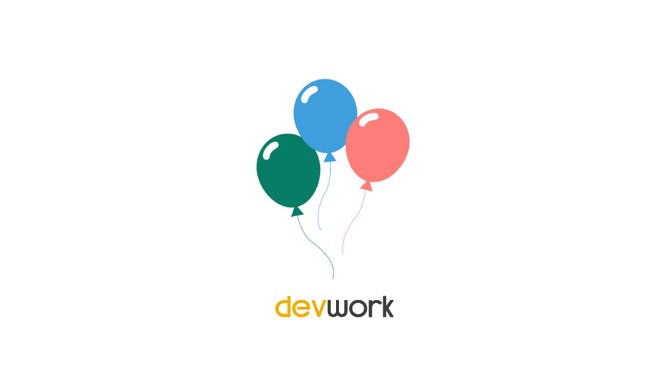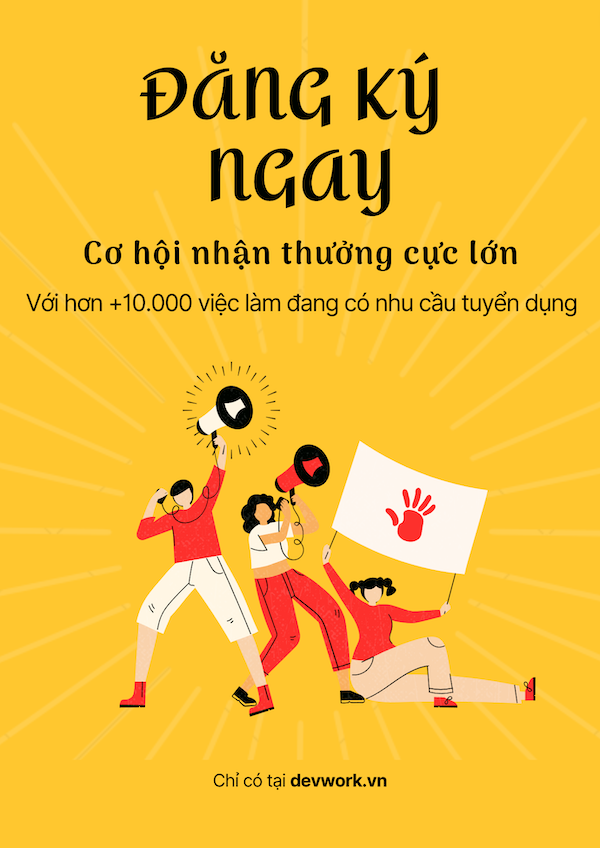

In today's fast-paced digital world, user experience (UX) and user interface (UI) design play a pivotal role in shaping the success of any product or service. The fusion of UX and UI design, often referred to as UX/UI design, is crucial for creating intuitive, engaging, and user-friendly digital experiences. One concept that has gained prominence within this field is UX ID, which stands for User Experience and Interaction Design. Let's find out "What is UX/UI" and how to become a UX/UI designer.
In today's fast-paced digital world, user experience (UX) and user interface (UI) design play a pivotal role in shaping the success of any product or service. The fusion of UX and UI design, often referred to as UX/UI design, is crucial for creating intuitive, engaging, and user-friendly digital experiences. One concept that has gained prominence within this field is UX ID, which stands for User Experience and Interaction Design. In this comprehensive guide, we will delve into the realm of UX ID and explore the steps to embark on a journey to become a proficient UX/UI designer.
Understanding UX ID

User Experience and Interaction Design (UX ID) is a multidisciplinary approach that amalgamates user experience and interaction design principles. It focuses on crafting digital interfaces that not only look visually appealing (UI design) but also ensure an exceptional user experience (UX design). The primary goal of UX ID is to create products that are not just functional, but also emotionally resonant and easy to use.
Key Elements of UX ID

- User-Centered Design: At the core of UX ID lies the principle of designing with the user in mind. This involves understanding user needs, preferences, and pain points to create designs that cater to their requirements.
- Research and Analysis: Conducting thorough user research and analyzing user behavior are crucial steps in the UX ID process. This involves gathering insights into user demographics, behaviors, motivations, and pain points to inform design decisions.
- Information Architecture: Creating a well-organized and intuitive information architecture is essential for guiding users through a seamless digital experience. This includes structuring content and navigation in a way that makes sense to users.
- Wireframing and Prototyping: Wireframes and prototypes are low-fidelity representations of the final design that help visualize the layout and functionality of the interface. These tools enable designers to iterate and refine their designs before implementation.
- Usability Testing: Testing the design with real users helps identify usability issues and areas for improvement. Usability testing provides valuable feedback that can guide design refinements.
- Visual Design: Visual design encompasses the aesthetic aspects of the interface, such as color schemes, typography, imagery, and overall styling. It aims to create a visually appealing and cohesive look and feel.
- Interaction Design: Interaction design focuses on designing meaningful and engaging interactions between users and the interface. This includes defining how users navigate through the product, how elements respond to their actions, and more.
Embarking on a career journey to become a UX/UI designer requires a combination of education, skills development, and practical experience. Here's a step-by-step guide to help you get started:
1. Education and Learning
- Formal Education: While a formal degree is not always a requirement, many UX/UI designers hold degrees in design-related fields such as graphic design, interaction design, or human-computer interaction. These programs provide a strong foundation in design principles and theories.

- Online Courses and Tutorials: There is a plethora of online courses and tutorials that cater to aspiring UX/UI designers. Platforms like Coursera, Udemy, and LinkedIn Learning offer courses ranging from beginner to advanced levels.
- Self-Study: Books, blogs, and articles by industry experts can be valuable resources for self-study. Familiarize yourself with design principles, usability guidelines, and industry best practices.
2. Skill Development
- UI Design Tools: Learn to use industry-standard design tools such as Adobe XD, Sketch, Figma, or InVision. These tools are essential for creating UI designs, wireframes, and prototypes.
- Visual Design Skills: Develop your skills in typography, color theory, layout design, and creating visually appealing interfaces.
- Interaction Design: Understand the principles of interaction design and learn how to create engaging user interactions.
- User Research: Learn how to conduct user research, gather insights, and use data to inform design decisions.
3. Portfolio Building
Create a strong portfolio showcasing your design projects. Include a variety of works that demonstrate your skills in UX and UI design. Your portfolio should highlight your problem-solving abilities, design process, and the impact of your designs on user experience.

4. Practical Experience
- Internships or Entry-Level Positions: Gaining practical experience through internships or entry-level positions can provide valuable exposure to real-world design projects and team collaboration.
- Freelance Projects: Taking on freelance projects can help you build your portfolio, gain diverse experience, and establish your reputation as a designer.
5. Networking
- Online Communities: Join online design communities, forums, and social media groups to connect with fellow designers, share insights, and stay updated on industry trends.
- Networking Events: Attend design meetups, conferences, and workshops to network with professionals in the field and learn from their experiences.
In the ever-evolving landscape of digital design, UX ID plays a pivotal role in creating products that captivate users and provide seamless experiences. Becoming a skilled UX/UI designer requires a commitment to continuous learning, practical experience, and a deep understanding of user needs. By mastering the principles of user-centered design, refining your skills, building a compelling portfolio, and networking with industry professionals, you can embark on a fulfilling journey toward becoming a successful UX/UI designer. Remember, the key to effective UX ID is the harmonious blend of aesthetics and user-centered functionality.

Devwork là Nền tảng TUYỂN DỤNG IT CẤP TỐC với mô hình kết nối Nhà tuyển dụng với mạng lưới hơn 30.000 headhunter tuyển dụng ở khắp mọi nơi.Với hơn 1800 doanh nghiệp IT tin dùng Devwork để :
Tag Cloud:
Tác giả: Phan Thị Hải Anh

















